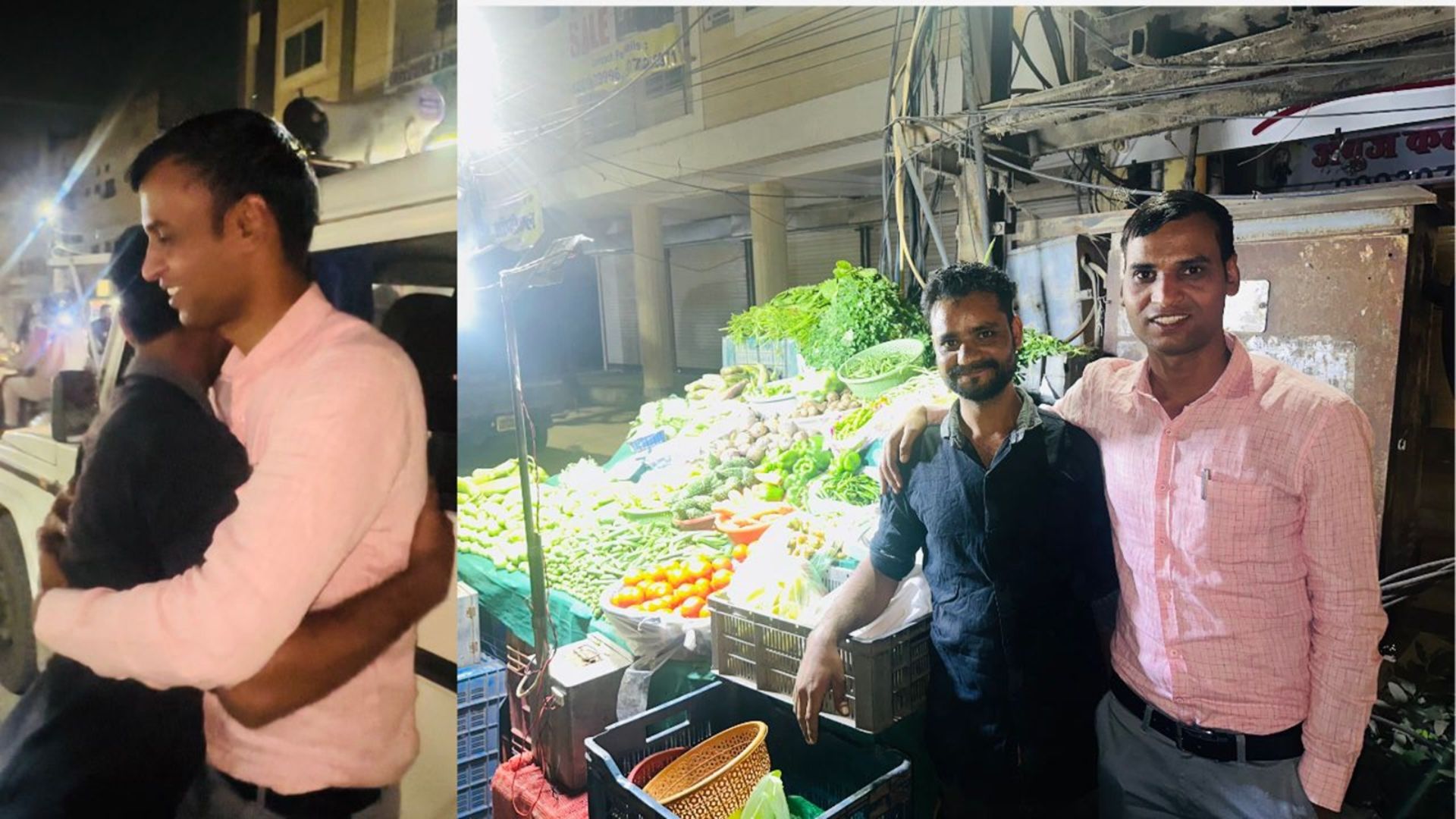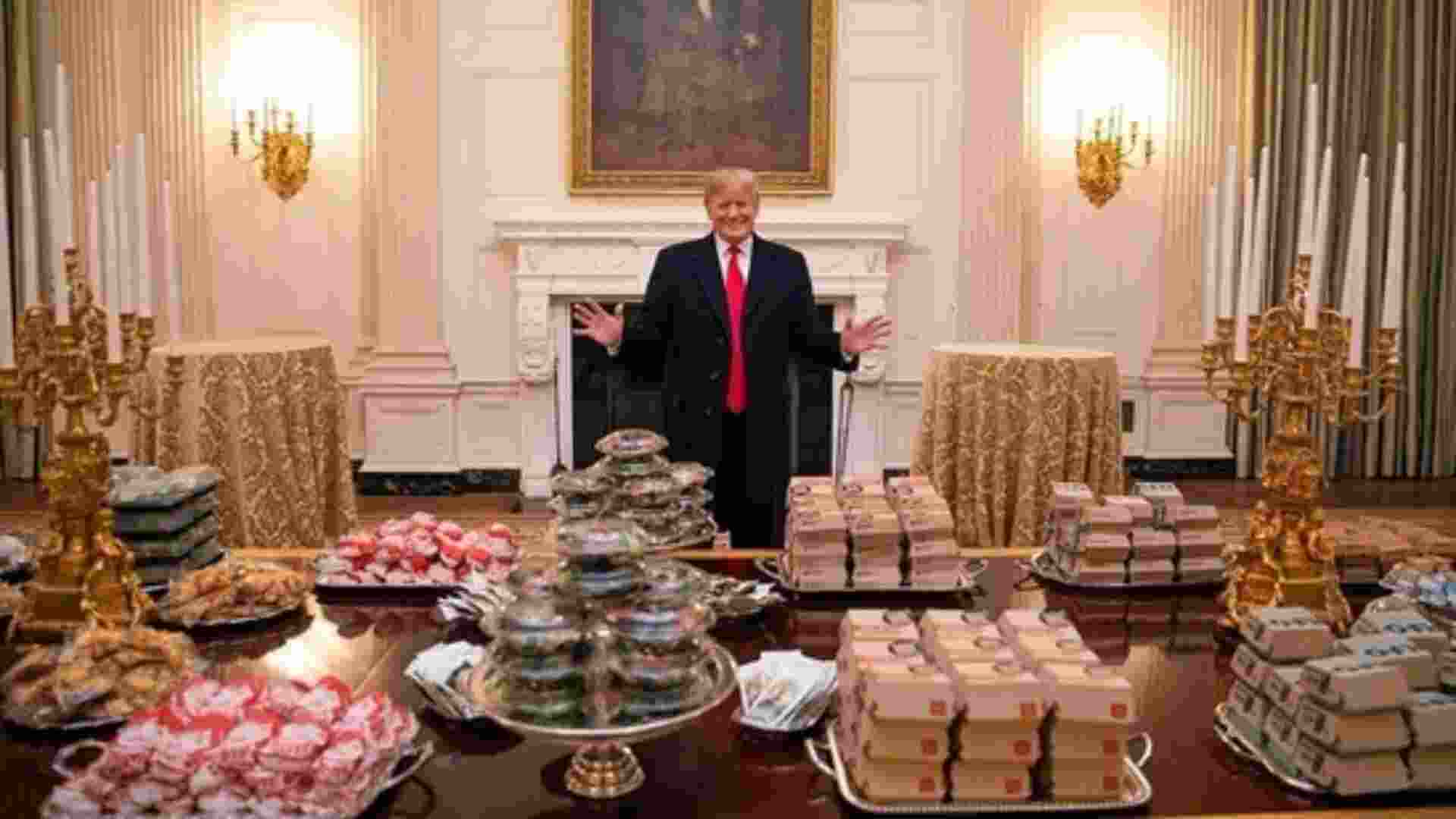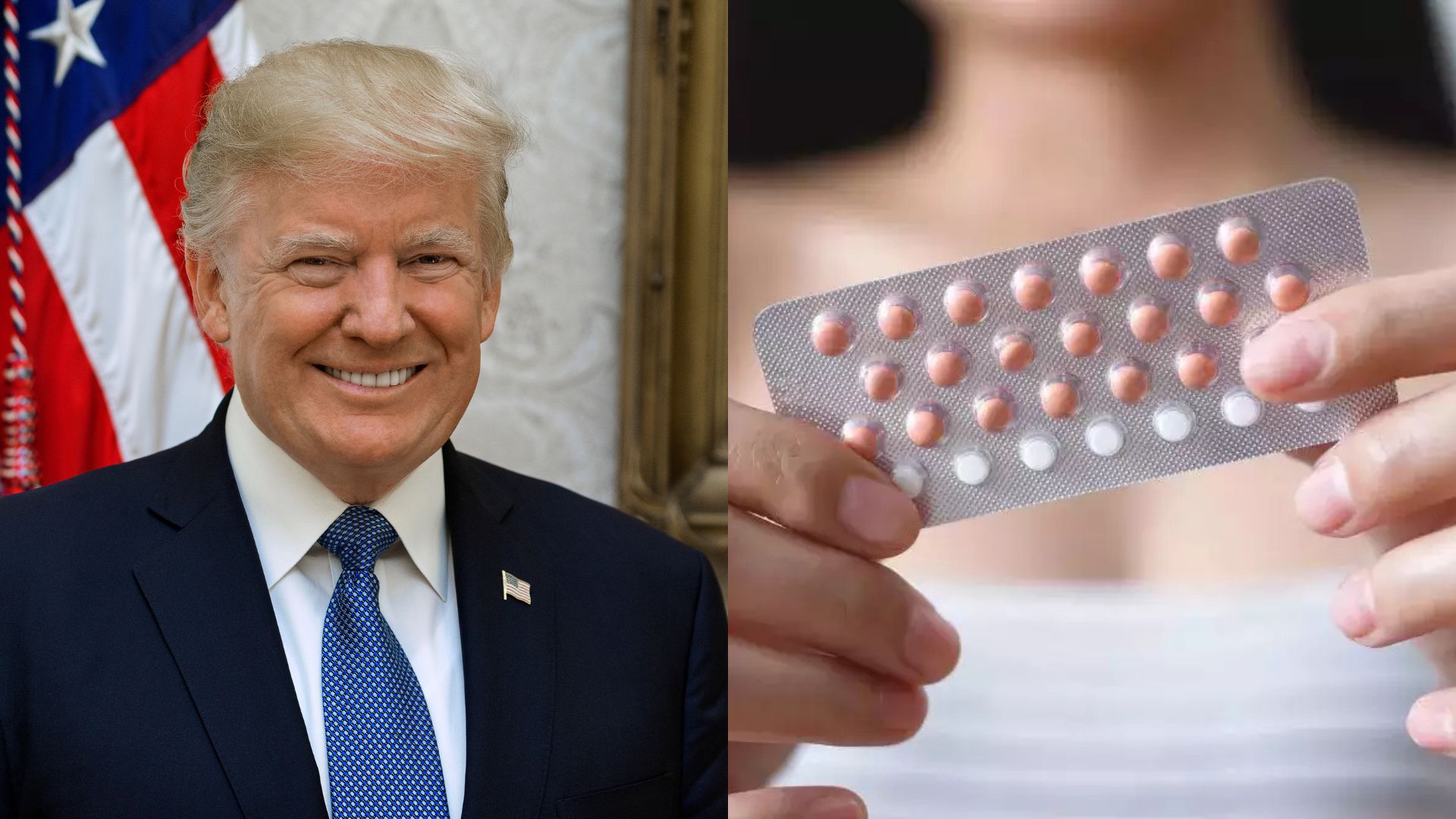
Prime Minister Narendra Modi’s recent Mann Ki Baat addressed a pleasantly surprising topic: story-telling. With his elder-wisdom tone and usual attention to everyday heroes, Modiji put storytellers into the heart of the pandemic-story. We’re all stuck at home with our families, so let’s reconnect through stories, he said.
His talk was not just about the pandemic though, but had a longer view. He noted that we had lost much of our traditional elder-centered story-telling contexts at home, and that children he met rarely had stories to offer, but only jokes. He then introduced several story-tellers, one of whom even shared a story (probably fictional) about Sri Krishna Deva Raya (nonfictional) and a brinjal. Keep telling stories! And kids, listen to your grandparents’ stories (excellent advice)!
While I appreciated this endearing gesture, there is something I can’t quite forget in the happy-go-lucky spirit of the moment either. There is an elephant in the room. Every parent knows it, and every child knows it perhaps even more. And that is the ominous reality that in India today neither parents nor elders are the dominant story-tellers to children anymore.
Media researchers as early as the 1970s were cautioning us about the phenomenon of cultural imperialism; of nominally free, independent nations being recolonised by firstworld corporate interests and imperial ideologies. In the 1970s, “foreign media” meant mainly movies or TV shows, easily regulated. Today, the “foreign media” is simply on all the time in every child’s hand-held addiction-device, even if sometimes the characters, stories and names seem cosmetically local. Worse, in the rush to embrace neo-liberal free-market rhetoric, media observers have abandoned the idea of cultural imperialism altogether, even observers with otherwise “nationalist” inclinations.
On that note, let us do a quick review of the stories that the Indian child today is probably actually growing up watching, hearing, and absorbing, besides the noble words of the Prime Minister and the storytellers he wants us to rediscover.
On the global media giant Netflix’s platform there is, for children and parents all to watch whenever they want, a much-touted movie called Cuties. It is about children who perform sexually explicit dances for fun. Worse, this movie is being sold by its advocates as just a coming-of-age movie intended to fight child trafficking (the brazen sexualisation of children through their costumes and camera-work though suggests otherwise). In the United States, no less a public figure than Congresswoman Tulsi Gabbard condemned Netflix for promoting this movie. Now Cuties might be part of a generic global cultural malaise but then there is the problem of more targeted India-based programming too.
The story about India that has been crafted for global consumption (and also sold to Indian viewers) by the Western media-militaryindustrial complex and its South Asian beneficiaries has a very simple premise: Hindus are evil and violent. The present phase of propaganda began with the seemingly coincidental global launch of the movie Slumdog Millionaire around the time of the 2008 jihadist attacks on Mumbai (26/11). Since then, the “evil Hindu” has become the reigning trope in almost every major story about India or even from India on global media. Netflix’s Leila, Ghoul, and Sacred Games all normalised the story of India as some sort of a Hindu fascist state or one getting there soon.
The message that Hindus are evil is the most pervasive story perhaps that little children are being fed everyday now. That is the ominous cultural ground reality of the story-wars. Just look around for examples about how children who wish to celebrate Deepavali with fireworks or Holi with colours are treated by their teachers and even their classmates in their posh schools. That stark ostracism too is the product of manufactured story-telling. Just recall how the MNCs and their ad agencies let loose a storm of Hindu-shaming ads (beautifully narrated no doubt, so that most people don’t even realise that they are being deliberately persuaded about their very identity) with regular precision now. Global media giants, advertisers, and of course, “Bollywood” is not far behind. The stories that India’s predominant film industry has been putting out for the last few decades are also deeply troubling and can no longer be seen as examples of a simple, popular heartfelt Indian syncretism and mutual respect (as I once did).
While media scholars mostly focus on what they believe is rising Islamophobia in Indian cinema, I think that the calculated erasure of Hinduism and Hindus from popular visibility in Bollywood (except for occasional and extreme targeted mockery like in PK) is something that needs to be studied more carefully too (and of course, the breaking-news sensationalism around the alleged substance-misdemeanours of a few movie stars hardly affects the power that their products, their movies and stories, have on the people; TV witch-hunts are no solution to a civilisational catastrophe at all).
That Hindu gods can be mocked or denigrated is a story too that has been widely normalised in the minds of Indian children now; and academia and publishing too have advanced this story very effectively.
Indian parents, elders, and traditional story-tellers are no longer the main sources of stories and values in children’s lives, nor can indigenous stories compete with the powerful meta-story of the megamedia discrediting them incessantly.
How is a grandparent, or a traditional story-teller like a Hari Katha or Yakshagana artist, who is pouring out the deepest aches, pains and longings for sacred cosmic reunions beyond the pale of modern monolithic colonised minds, going to tell the children the difference between their version of a story, and that of a motivated mercenary masquerading as a story-teller to Hindus or Indians with equal (or more) authority? If a Carnatic singer who takes Rama’s name only to persuade India’s youth that somehow their elders, their sampradayas, their thousand years of hardships and resistance to genocidal hatred are all wrong, where will these youth find an alternative story?
I appreciate the Prime Minister’s attention to story-telling. But as a student of media and the stories they produce today, and the enormous power they have to discredit and silence local, indigenous, and resistive voices, we cannot fool ourselves into thinking that our children are growing up with the same notions of Krishna, Rama, Buddha or Mirabai that previous generations did. We need to start talking about the issue of cultural sovereignty like the rest of our sovereignty depends on it too. We can’t outsource stories of the self to interests that wish to exterminate that very self altogether.
Vamsee Juluri is a professor of media studies at the University of San Francisco and the author most recently of ‘The Firekeepers of Jwalapuram: Part 2 of The Kishkindha Chronicles’















